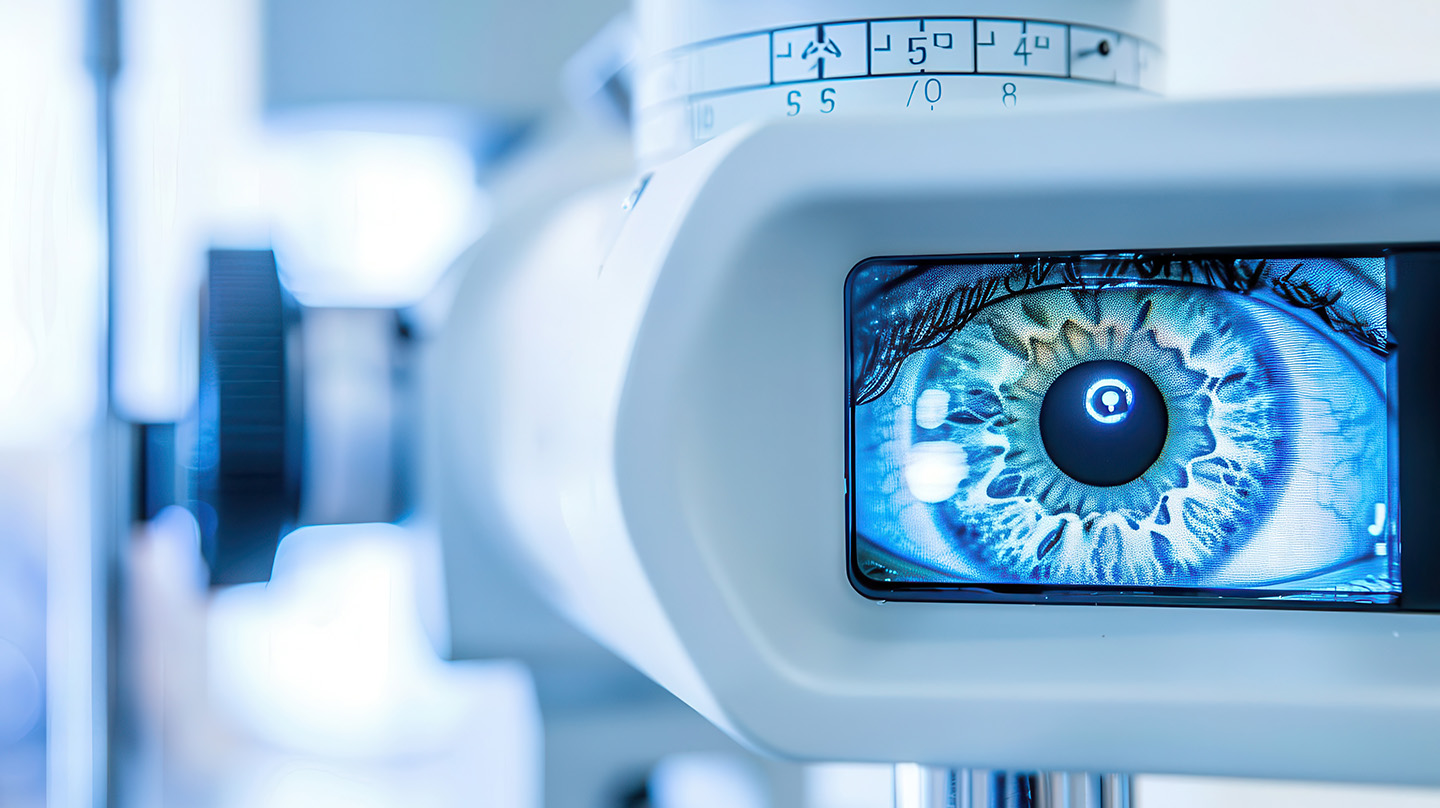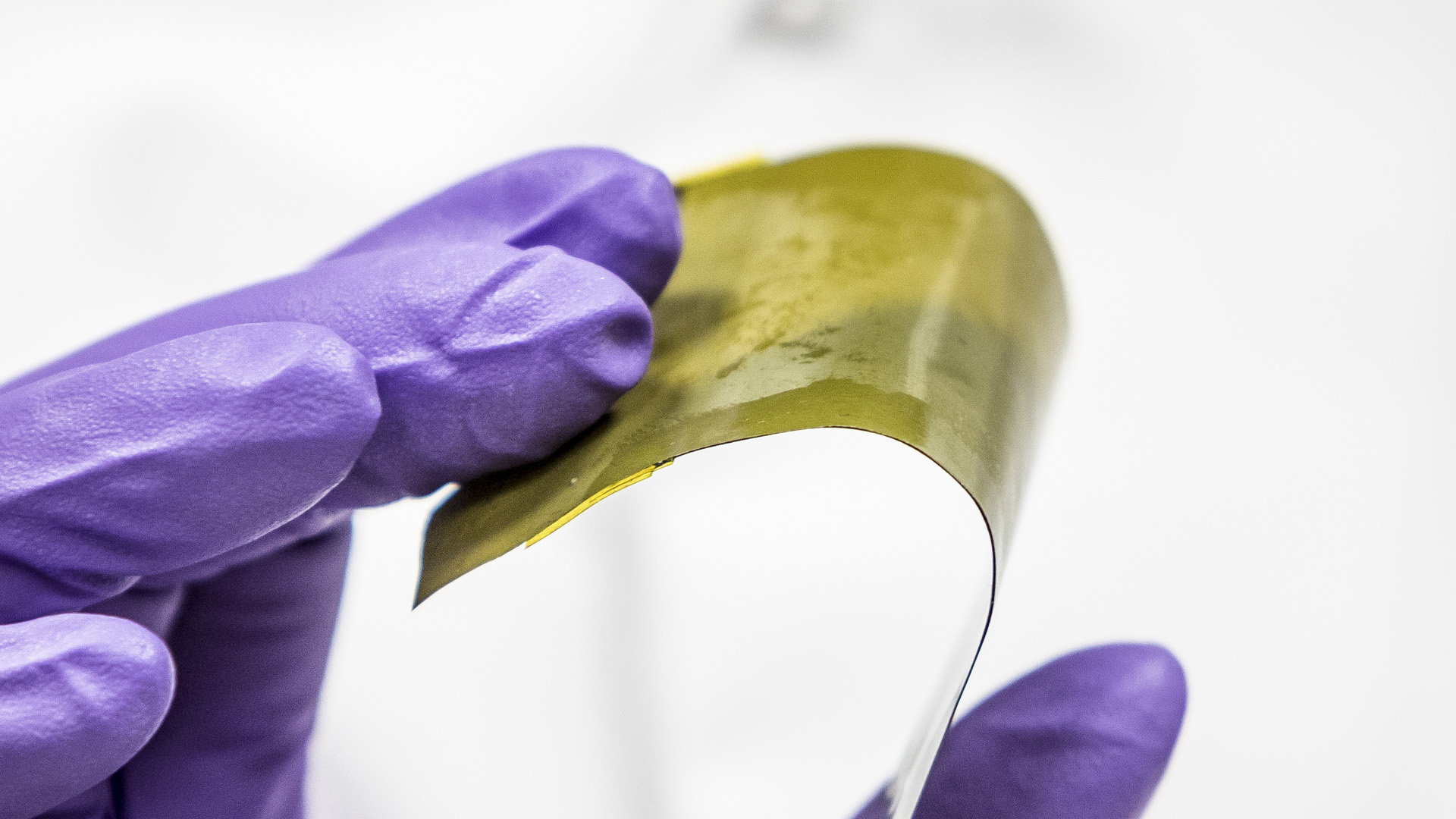News
At-Home ‘Retinal Selfies’ May Provide a Window on Health
The eyes have been called the windows to the soul. As it turns out, they also provide a unique glimpse into the workings of the brain and our overall health.
This is particularly evident in the retina, a layer of cells at the back of the eye that absorbs incoming light and transmits that information to the brain. By imaging the retina, researchers can monitor biomarkers: specific signs, signals or structures that provide valuable information. These biomarkers can be used to predict not only diseases of vision but also cardiovascular events, such as strokes, and neurodegenerative conditions, including Alzheimer’s disease.
Unfortunately, retinal imaging requires expensive, bulky hardware, so it’s far from common. And while portable systems exist, they produce images of limited quality and, like their immobile counterparts, require a trained operator.
Now, scientists and engineers at the Johns Hopkins Applied Physics Laboratory (APL) in Laurel, Maryland, in collaboration with scientists at the Johns Hopkins Medicine Wilmer Eye Institute in Baltimore, are designing a retinal imaging platform in the form of eyeglasses that can be used at home without special training.
Nicknamed “Retinal Selfie,” this capability makes it possible for more medical practices, particularly in under-resourced or remote regions, to take advantage of this clinically valuable imaging modality. Expanding access will also provide a rich source of data for training artificial intelligence models to accelerate research and expand the platform’s utility across various medical domains.
“Although the retina contains a rich source of information, we currently do not have a way to effectively capture retinal images at scale on a population level in a repeated manner,” said T.Y. Alvin Liu, an endowed professor at Wilmer and inaugural director of the institute’s newly established Gills Artificial Intelligence Innovation Center. “Our retinal selfie concept has the potential to provide a paradigm-shifting solution.”
Seeking Illumination
The key challenge is adequately illuminating the retina. Current imaging systems do this by sending light directly through the pupil. It’s an effective method but requires sizable hardware to accommodate the optics needed to both illuminate and image within such a small area.
To make the system more portable, the APL team, led by optical and biomedical engineer Garret Bonnema, is taking a different route: sending light through the thinnest part of the sclera, the white part of the eye. The sclera’s larger surface area makes it a more accessible path through which to send light, but one of its key features is that it scatters light. This approach comes with other challenges, too.
“Going through the sclera places a certain limit on the luminosity and power we can apply, for one thing, and for another, the retina absorbs most of the light it receives,” said Bonnema. “So the question is, can we get enough light bouncing back from the retina to be useful?”
In collaboration with Liu, the APL team has created a promising prototype design that uses integrated LEDs to send light through the sclera. The light is then reflected from the retina to an image sensor in the eyeglasses-shaped device.
This is a practical approach to illuminating the retina. However, these components alone are not enough to ensure that enough useful light comes back to the device.
“We want the light to go into the eye, and it does. But part of the light gets scattered and can be reflected from the sclera back into our imaging system, which obscures the already weak light that’s coming from the retina,” Bonnema said.
To overcome that challenge, the team is applying a radically new technology that APL happens to specialize in: metasurface optics.
Lenses Reimagined
The goal of metasurface optics (materials that are part of a broader category sometimes referred to “metamaterials” or “metatechnology”) is to replace conventional, bulky optical systems with two-dimensional materials that perform the same optical functions, such as focusing, reflecting and filtering.
“Think of a coating or a very thin, two-dimensional material that provides all of the functionality of a traditional camera lens,” said Joe Miragliotta, an optical physicist and materials scientist at APL who is leading the design of Retinal Selfie’s metasurface optics. “That allows us to introduce functionality that you can never get with a three-dimensional bulk component.”
In this case, the Retinal Selfie team is developing two metasurface-based optical elements to both image the retina and prevent the light reflected from the sclera from reaching the system’s image sensor. These innovative lenses feature nanoscale structures that precisely control the way light passes through them, ensuring that only the weak light reflected from the retina is transmitted to the image sensor.
“The Retinal Selfie hardware will make use of a very narrow-wavelength light source, similar to a laser, that’s going to illuminate the eye,” Miragliotta explained. “And our metasurface components have to make sure that the light that’s coming back from the retina isn’t overwhelmed by the light coming back from any other part of the eye.”
APL has a pending patent on the Retinal Selfie technology and is currently engaging with potential commercial partners to help advance the system to full technological maturity.
An Expanding Vision
In addition to the Retinal Selfie project, APL and Wilmer are collaborating on several other efforts to advance human health by accelerating ophthalmological technology, including looking for lower-cost ways of applying AI to existing imaging technologies to diagnose diseases.
“The commercial sector on its own doesn’t always have the ability to make these investments,” said Austin Cox, who supervises APL’s Imaging Systems Group. “But by combining the expertise at APL and Wilmer, we can explore solutions like Retinal Selfie that may have a disproportionate impact on human health, especially in underserved communities.”

